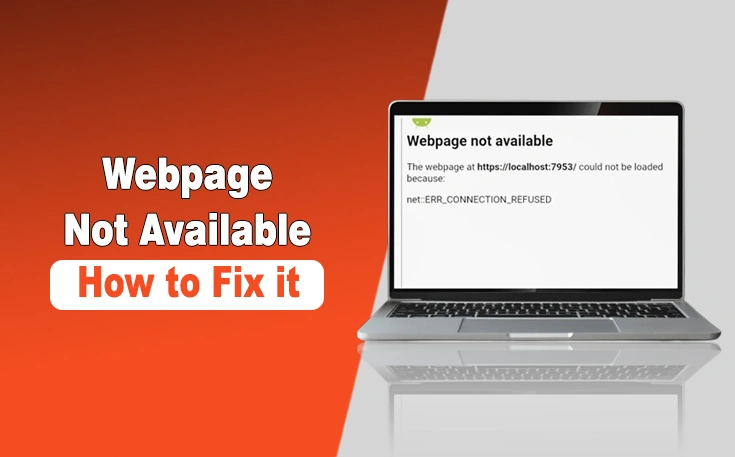The world of trade has been developing incredibly fast and payment platforms are the essence of any business-related operation. Online money management, which encompasses the ability to send and receive funds, is essential for competing in the digital world, whether one is running a small business or a large multinational company. A payment platform is a cloud-based or integrated financial solution that enables individuals and businesses to make online transactions safely and effectively.
Payment platforms have become essential in modern finances, whether receiving money using a credit card or sending payments to freelancers in a foreign location, or even managing online subscriptions. The current systems not only process credit and debit cards but also provide real-time currency conversion, fraud detection, user-friendly dashboards, and advanced analytical tools.
It is essential to know the exchange rate in banks for businesses operating across borders, and it is at that point where resources such as rates.fm come in that can provide updated currency information and other financial details about each country, making international transactions much easier and transparent.
In this blog post, I will explain how modern payment platforms drive digital commerce and streamline payment processes.
Let’s start!
How Payment Platforms Work
A typical payment platform is an intermediary between the payer (customer) and the payee (merchant or service provider), handling all aspects of a transaction’s journey.
Here’s a simplified process:
- Transaction Initiation: A user initiates a payment using a preferred method, such as a credit card, debit card, mobile wallet, or bank transfer.
- Authorization Request: The payment platform sends encrypted data to the card network or bank for approval.
- Verification: The issuing bank verifies whether the transaction is valid and if sufficient funds are available.
- Funds Transfer: If approved, the platform moves funds from the customer to the merchant’s account.
- Confirmation and Receipt: Both parties receive notification, and the transaction is logged for future reference.
This process can take just a few seconds, especially for domestic transactions. For cross-border operations, platforms usually handle currency conversion in real-time and offer competitive exchange rates. This process is made more transparent when paired with rate-monitoring services like Rates.fm.

Core Features of a Payment Platform
The strength of a payment system lies in its feature set. A reliable platform doesn’t just move money, it improves how businesses interact with their customers and manage finances:
- Multi-currency support: This is crucial for businesses worldwide, as payments using various currencies (e.g., US dollar, Canadian dollar, euro) are possible, with real-time conversions made seamless.
- Card network integration: The possibility to accept Visa, Mastercard, American Express, and other large cards is one of the basic features.
- Recurring billing: Automates an approach to billing that relies on subscriptions, memberships, or donations.
- Mobile compatibility: There is a possibility to use platforms such as Apple Pay and Google Pay, which allow users to make payments directly out of their mobile devices.
- Real-time reporting: Dashboards are updated in real time and display revenue, refunds, failed transactions, etc.
- Custom payment links and QR codes: Useful to businesses that have a service or that have an event where a unique invoice needs to be used.
These features add convenience and scalability as the businesses expand between the local and the global markets.
Merchant Services and Business Benefits
Payment platforms are more than transaction processors — they are end-to-end business tools. Many offer:
- E-commerce plugins: Integration with Shopify, WooCommerce, Magento, and other CMSs.
- POS systems: Physical hardware like card readers for brick-and-mortar sales.
- Invoice generation tools: Automatically create branded invoices and track payment statuses.
- Tax and compliance reporting: Automate reporting to stay aligned with local and international regulations.
For merchants, this suite of services simplifies payment collection, enhances customer experience, and minimizes administrative burden. This can translate into faster cash flow, improved customer satisfaction, and higher conversion rates.
Payment Security and Data Privacy
One of the biggest concerns for users today is their money and data safety. Leading payment platforms invest heavily in:
- Encryption: All transaction data is encrypted using industry standards like TLS and SSL.
- Two-Factor Authentication (2FA): Adds an extra layer of protection beyond passwords.
- PCI DSS Compliance: Ensures cardholder data is stored, processed, and transmitted securely.
- Fraud prevention tools: AI-based systems monitor patterns and flag suspicious activity.
Users are also increasingly aware of how their data is stored and used. Respecting privacy through transparent policies and user-controlled settings can give a payment provider a competitive edge.
Integrations and Customization
Flexibility is the core of the best payment platform. More importantly, businesses must know how easily the chosen platform integrates with their existing systems. Key areas of integration include:
- API access: Enables developers to create custom workflows or integrate payment functionalities directly into their applications.
- Accounting software compatibility: Synchronization with tools like QuickBooks, Xero, or FreshBooks enables automated and accurate financial reporting.
- CRM and ERP systems: Integration with platforms like Salesforce, Zoho, or SAP ensures smooth data and transaction flow between departments.
A great platform should scale with the business, from handling hundreds of monthly payments to managing tens of thousands across different channels and currencies.
Why Choosing the Right Platform Matters
Payment platforms impact more than financial transactions. They affect customer satisfaction, loyalty, operational efficiency, and international reach. For instance, an e-commerce site that accepts only domestic cards could lose foreign customers due to limited payment options.
High transaction fees or long settlement periods can also reduce profit margins. Pick a place that is open, quick, and easy to use, with precise numbers. Using outside tools to watch exchange rates or fee setups in different areas makes money plans more exact.
Conclusion
A reliable payment platform is not optional in global business and instant commerce; it is essential to streamline payment processes. Whether sending a micropayment for a digital service, doing payroll for a remote team, or handling large B2B transfers, the payment infrastructure must be secure, scalable, cost-effective, user-friendly, and transparent in handling data.
With innovative tools, one can look afresh at currency management and pricing strategies, particularly in the US and Canadian markets, where dollars flow and exchange dynamics are constantly changing.
Need custom app with amazing features?
Get a Quote




